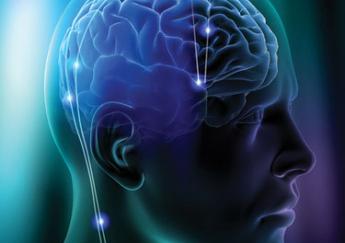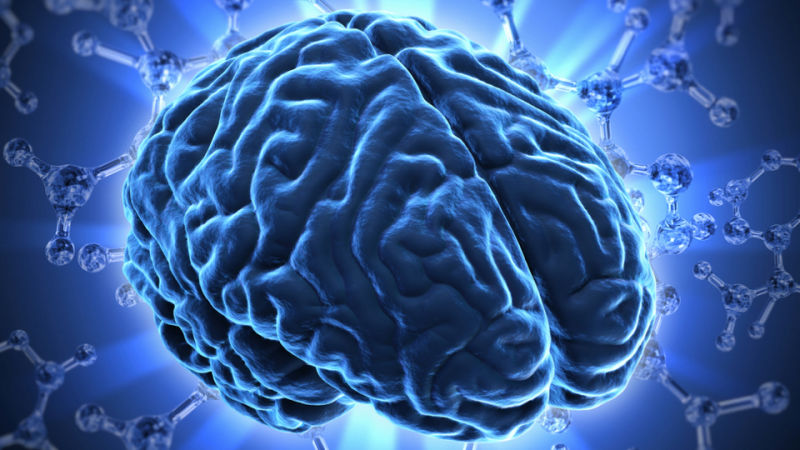One of the most renowned neuroscientists in the world, Gerald M. Edelman, calls the human brain “the most complicated material object in the known universe.” Edelman has advanced a theory about how consciousness develops, a theory which is at once overwhelming and underwhelming.
With regard to the human mind, I am not as interested in what it takes to recognize things, but rather what is required to perceive no-thing. That’s a difficult insight to grasp, but I hope to make it clear.
Certainly the way groups of neurons react to certain stimulations and affect perception and behavior is a fascinating field, one that is adding tremendously to our body of knowledge. But the implication that we know what consciousness is because we possess consciousness is the definition of a tautology.
Is there a consciousness not comprised of memories and associations, of synaptic connections in “the remembered present?” When ‘normal’ consciousness gives way to completely fresh and direct perception, what should we call it?
 At the risk of creating another duality, the human brain is capable of two completely different kinds of consciousness–a consciousness rooted in the known, and a consciousness arising from the unknown. The known is memory, experience and knowledge. The unknown is mystery, insight and love. (Duality is negated when one realizes that for true consciousness to be, the known consciousness has to cease operating.)
At the risk of creating another duality, the human brain is capable of two completely different kinds of consciousness–a consciousness rooted in the known, and a consciousness arising from the unknown. The known is memory, experience and knowledge. The unknown is mystery, insight and love. (Duality is negated when one realizes that for true consciousness to be, the known consciousness has to cease operating.)
Edelman calls his theory “neural Darwinism.” The cortex contains billions of neurons, and countless more connections between them. In his view, these provide the raw material for the “embodied brain” to confront the “unlabeled world.”
That’s backasswards. Perceiving without labels (words, images and concepts) is the gateway to the awakened brain.
He empirically argues that there is no “ghost in the machine,” and that consciousness is a function of the brain itself. It arises from a complex reciprocal flow of information between groups of neurons, in a process Edelman calls “mapping.” The brain learns to avoid some things and select others because various “neuronal groups and paths” are strengthened by experience, and modified by our “value system.”
This certainly occurs, and is consciousness, as we know it. But just as certainly it isn’t consciousness as we have the capacity for it. Full consciousness requires brains of sufficient size and complexity, but true consciousness does not arise from within the skull anymore than nature does.
Ironically, though neuroscience has proven there is no overarching self, no supervising entity that chooses what ‘I’ will see and what won’t see, the illusion of the choosing self has grown stronger.
It’s telling that Edelman’s goal is to replicate this kind of learning and consciousness in machines. He, or one of his intellectual brethren, will probably succeed. And that could well be the end of humanity, unless we awaken a consciousness not based on the content of memory, but on direct perception and insight.
Insight-consciousness is based on a completely different set of principles–not recognition, but perception without recognition; not association, but awareness without remembrance; not labeling, but the stillness of thought.
The mind’s mappings determine the old human consciousness, which is being downloaded into computers. ‘Un-mapping’ and unlearning through awareness and attention allows a new consciousness to emerge, and a future for human beings.
Since there is no overseer in the brain, there is no separation between ‘me’ and ‘my thoughts.’ Control and the controller are basic illusions. Intelligence means responding from direct observation, insight and understanding.
Consciousness that orbits a center, that automatically perceives the world through memories and symbols, words and images, can be relegated to machine consciousness. But where does one start to awaken the new consciousness?
I’ve found that rather than say to oneself, “I’m angry,” or “I’m afraid” (unfortunately, many people aren’t even that self-aware), it helps to say, “there is anger,” or “there is fear.” It sounds a little funny, and feels a little strange at first, but it works, by eliminating the separate self from the equation, it allows attention to the dynamic movement of thoughts and emotions within to grow.
Intellectually grasping that there is no “supervising soul or self” is a very different thing then emotionally perceiving the illusion of ego, and ceasing to habitually operate from it.
That takes tremendous self-knowing, passive observation and quickness of awareness. It’s more than possible; it’s become urgently necessary.
Martin LeFevre

